Backflow Plumbing Replacements Overview
Backflow plumbing replacements are essential for maintaining the safety and integrity of a building's water supply system. They involve replacing or repairing backflow prevention devices that prevent contaminated water from flowing back into the potable water system. Proper timing and regular inspections help ensure these devices function correctly, reducing the risk of water contamination.
Unusual odors, water discoloration, or decreased water pressure can indicate backflow device issues requiring replacement.
Replacing faulty backflow preventers prevents contamination and complies with local health regulations.
Age of the device, water usage patterns, and inspection results determine optimal replacement times.
Corrosion, wear and tear, or damage from freezing conditions often necessitate backflow device replacement.
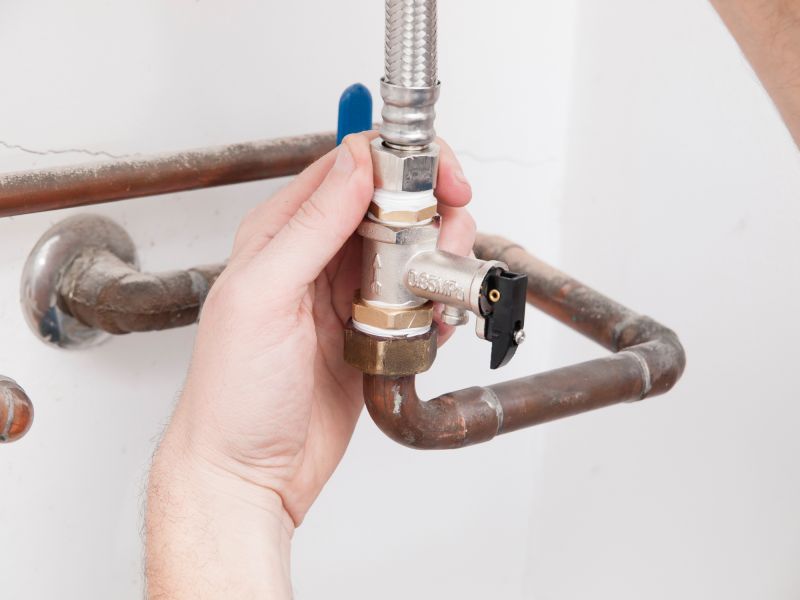
Routine inspections help identify when replacements are necessary.
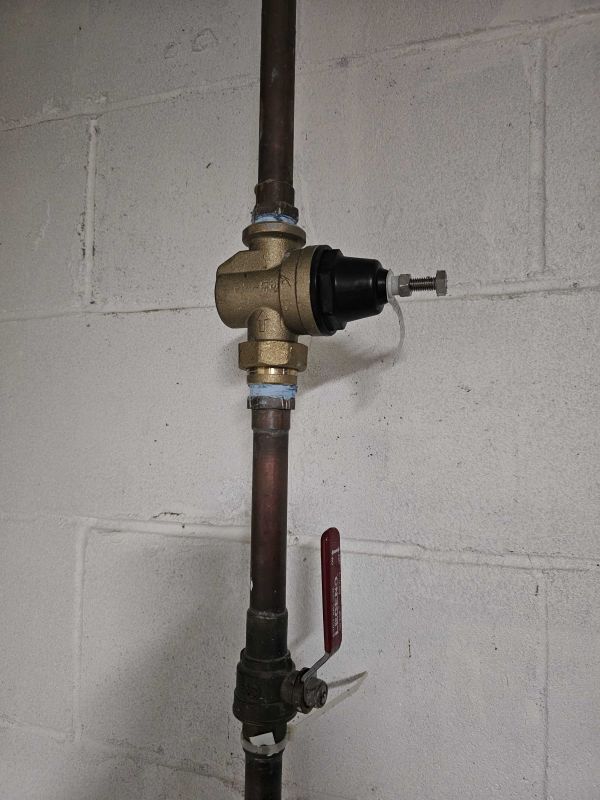
Professional replacement ensures proper installation and function.
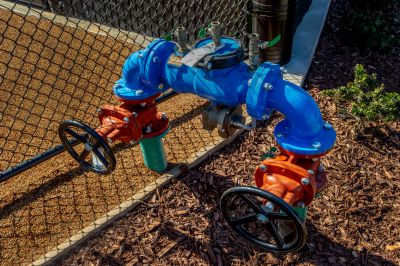
Corrosion can compromise device integrity, requiring replacement.
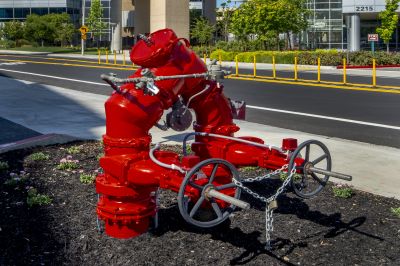
Ways to make Backflow Plumbing Replacements work in tight or awkward layouts.

Popular materials for Backflow Plumbing Replacements and why they hold up over time.
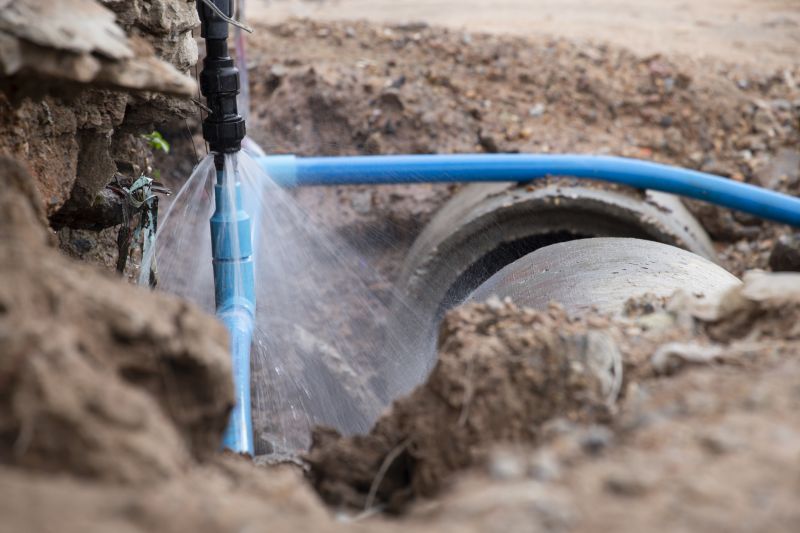
Simple add-ons that improve Backflow Plumbing Replacements without blowing the budget.
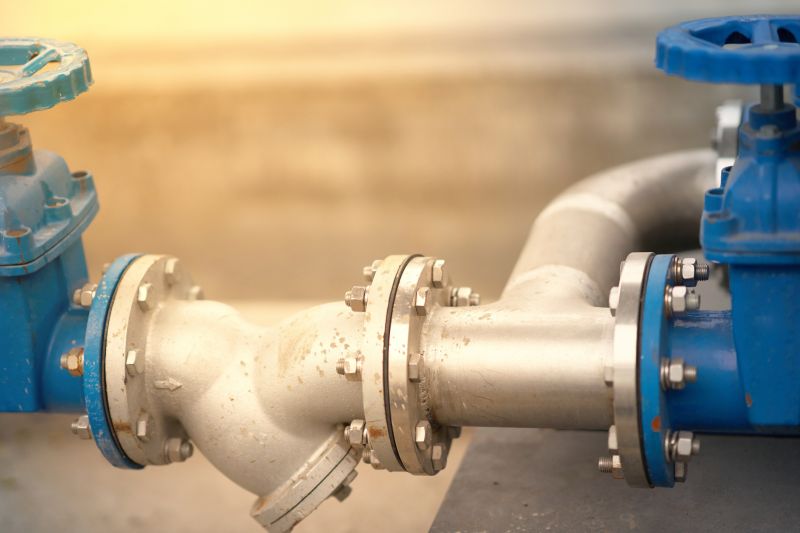
High-end options that actually feel worth it for Backflow Plumbing Replacements.

Finishes and colors that play nicely with Backflow Plumbing Replacements.
| Timing Factors | Details |
|---|---|
| Device Age | Typically after 5-10 years or as recommended by manufacturer. |
| Inspection Results | Replacement recommended if tests show failure or leakage. |
| Environmental Conditions | Freezing temperatures or corrosion-prone areas may accelerate replacement needs. |
| Water Usage Changes | Increased demand or modifications may necessitate device updates. |
| Regulatory Schedule | Follow local inspection and maintenance schedules. |
Understanding the optimal timing for backflow plumbing replacements is crucial for maintaining water safety and compliance. Regular inspections, especially in aging systems or after environmental stressors, can help identify when a replacement is necessary. Advances in technology and materials have improved the longevity of backflow preventers, but proactive maintenance remains essential to prevent contamination risks.

Step-by-step procedures ensure proper installation and safety.

Modern devices provide enhanced durability and performance.

Regular testing confirms the device's effectiveness.

Proper tools and equipment are vital for successful replacements.

Little measurements that prevent headaches on Backflow Plumbing Replacements day.

A 60-second routine that keeps Backflow Plumbing Replacements looking new.

A frequent mistake in Backflow Plumbing Replacements and how to dodge it.
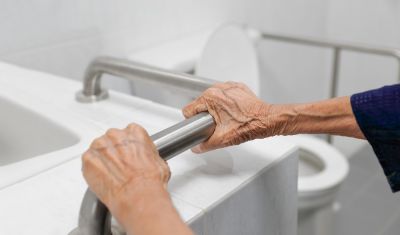
Small tweaks to make Backflow Plumbing Replacements safer and easier to use.
For those considering backflow plumbing replacements, timely action helps prevent costly repairs and water safety issues. Regular inspections and adherence to local regulations ensure the integrity of the water supply system. Interested parties are encouraged to contact for further information or to schedule an assessment.
